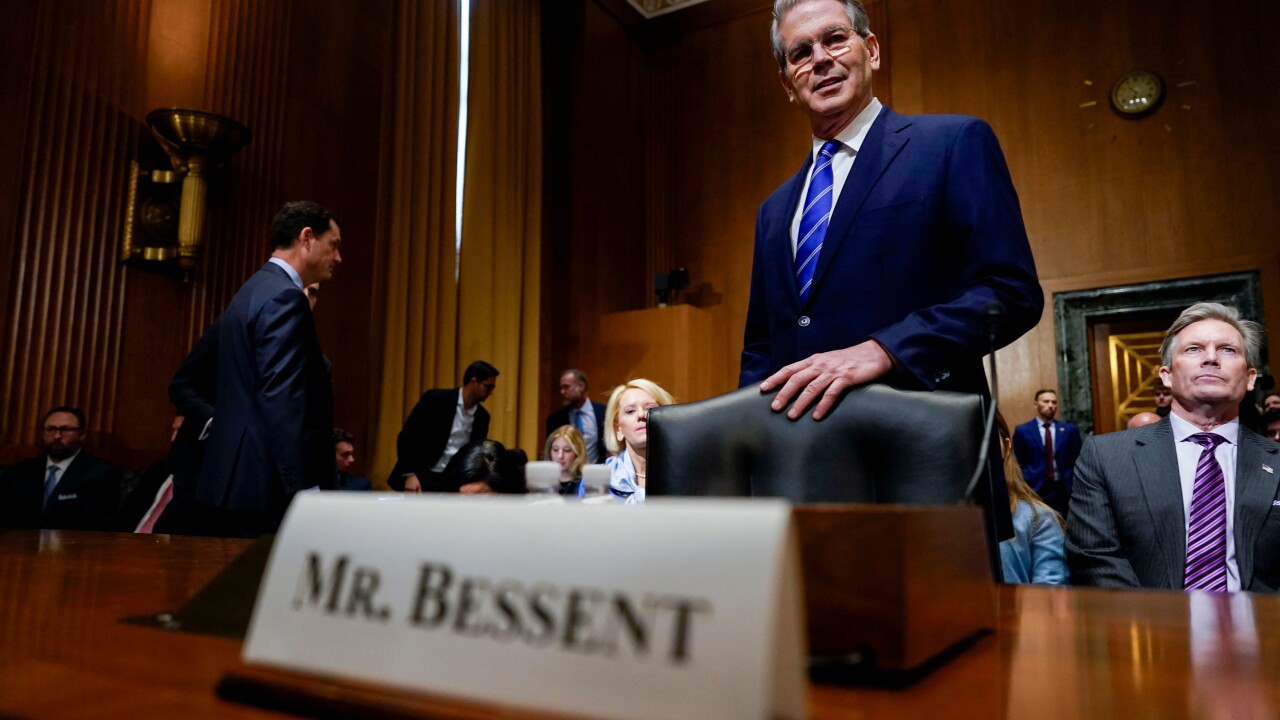Amazon CEO Jeff Bezos has a very simple concept for his business, which he calls the Amazon Flywheel.
The tech giant has always been focused on maintaining a strong growth outlook, and the starting point for that growth is delivering an unmatched customer experience. The retailer’s superb customer experience drives increase in traffic through returning customers and new customers acquired through word-of-mouth.
That traffic then allows Amazon to attract more sellers to the site. The more sellers there are, the better and more diverse the selection of goods for the end customer. This in turn improves the customer experience, thus setting in motion the flywheel to drive growth.

This growth in turn spreads any fixed costs across a higher number of transactions, which allows Amazon to have a much lower cost structure. That structure delivers lower prices which improves the customer experience. So, if you can find what you’re looking for at the lowest possible price and have a frictionless customer experience, why would you go anywhere else to do your shopping?
Amazon’s growth has been truly spectacular, growing revenues faster than Google in the last eight years. So how else do it keep its place at the top? Aside from Amazon’s revolutionary yet simple model, there are three practical lessons from Bezos’ model:
Understand that different customers look for different experiences. Sales experiences are different for each customer. Amazon invested in “One-Click” – the ability for its customers to store payment and delivery details for reuse, enabling a purchase at the click of a mouse.
One-Click was so revolutionary that Amazon got a patent for this concept, and Apple now pays a royalty to Amazon every time a one-click purchase is made through iTunes. But Amazon recognize that One-Click isn’t for everyone. While it’s perfect for one-off product replacement purchases like chargers or headphones, the traditional and more familiar shopping basket may be a better option for large, multiple item purchases (like birthday or Christmas gifts). Having both options readily available allows customers to create the experience which is most convenient and comfortable for them.
Some customers want a high-touch experience. They want the traditional guidance, complete with a needs analysis, product recommendations and guidance through the application process. Other customers just want a quick and easy "checkout"; they have done their research and know exactly what they need.
Just because someone doesn’t complete a purchase doesn’t mean they’re not interested. This premise is simple but is rarely acted on effectively by banks. It is vital that banks get better at generating and nurturing leads. If a shopper puts something in their Amazon cart but does not complete the purchase, Amazon almost immediately generates reminder emails as well as targeted advertisements with the "abandoned" product, which remind the shopper.
If a customer takes the time to begin an application and goes to the trouble of filling out their name, email address and phone number, recognize that they are interested. If they don’t complete the application (they may have gotten distracted, lost connectivity, experienced a dead battery, etc.), you should still consider them a lead and follow up.
Also, life gets in the way; an incomplete application doesn’t necessarily mean that the customer was not interested.
Adapt or die — have a real-time strategy for improving the customer experience. Amazon has software and processes dedicated solely to continuously improving its customer experience through every channel that its platform can be accessed on.
These processes are completely separate from any back-office systems used for supply chain management or inventory management, allowing for rapid and agile changes to the customer experience. The amazon.com site is constantly evolving, and Amazon continually tweaks little things like the shape, color, text, icons and fonts on the Add to Cart / Buy Now button. All of these experiments are designed to make it easier for people to complete a transaction.
A dedicated layer in the technology architecture focused on customer experience will enable safe experimentation in the CX without fear of introducing bad data into core systems.
Considering these three strategies, it’s easy to see the not-so-secret secret of Amazon’s success. By creating an individual and convenient customer experience, banks will put themselves way ahead of competitors.





